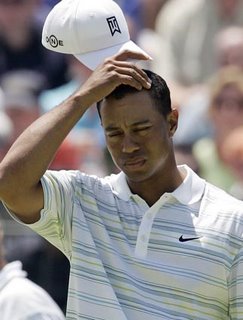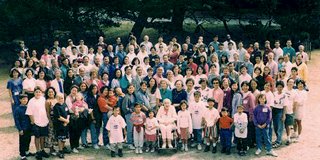
This is something I always think about. People from WHAT part of the world can be considered White? It's easy to say White people are Europeans, but it's not as simple as that. Where does Europe end and the non-White part of the world begin? Countries like Greece and Turkey are at the very edge of Europe. Do people in these countries count as White? Middle Eastern people are sometimes considered White, and I guess that makes sense, because another word for White person is "Caucasian", and Caucasian refers to the Caucasus Mountains, which are in the Arab part of the world.
An interesting thing I've noticed is, some Europeans will hesitate to call themselves "White." One time, this guy on the train was telling me about his ethnic heritage, and I asked him if he was White. He said, "well I wouldn't say 'White'" and then he listed a bunch of ethnic groups--all of which were from Europe! If he's full European, why doesn't he identify as White? I think it's because not all European ethnicities fit into the common idea of what a White person is. Another time, I was talking to a girl about one of her friends, and she said her friend was half Japanese. And then I said, "is she half White?" She hesitated for a moment and then said "half Greek." She didn't say "yes" or "no" to my question of "is she half White?" That probably meant she didn't know if Greek people are White. And it is kind of hard to tell what Greeks are exactly;

Greece is located at a global crossroads (it's in the middle of Europe, Africa, and the Middle East). The same thing goes for countries like Armenia, Iran, and Iraq. Are they Asian countries? European countries? Are people from those countries White?
Sometimes I wonder if Italian people are White. I once thought they're Hispanic because some of them look Mexican and Italian sounds like Spanish, but they're obviously not Hispanic because they don't have a Spaniard history. Some Italians, Portuguese, and Spanish people have darker skin than other Europeans, so I never thought of them as White people. But technically, they ARE White? I guess the general idea is: if they're in Europe, they're White. But again, where does Europe end?

My conclusion is, the people who are usually thought of as being White are: British people, Scandinavian people, and people from German-speaking countries. I noticed, the more southern or eastern a European country is, the less likely the people in that country will be considered White.
Another good question is, where does Europe end and Asia begin? Arab countries are in the middle of these 2 continents, and not surprisingly, many Arabs look like a mix of European and Asian.
`












































